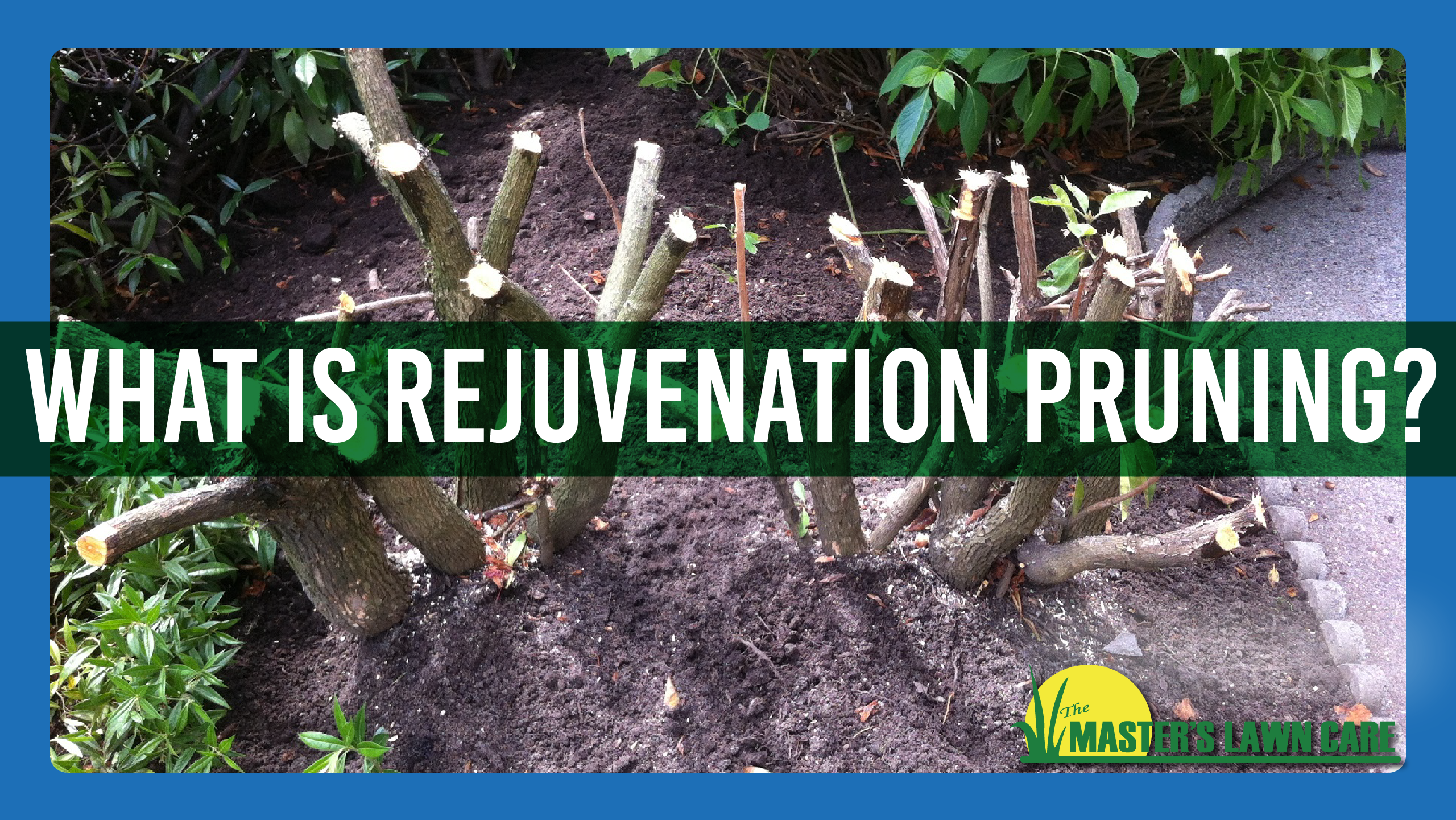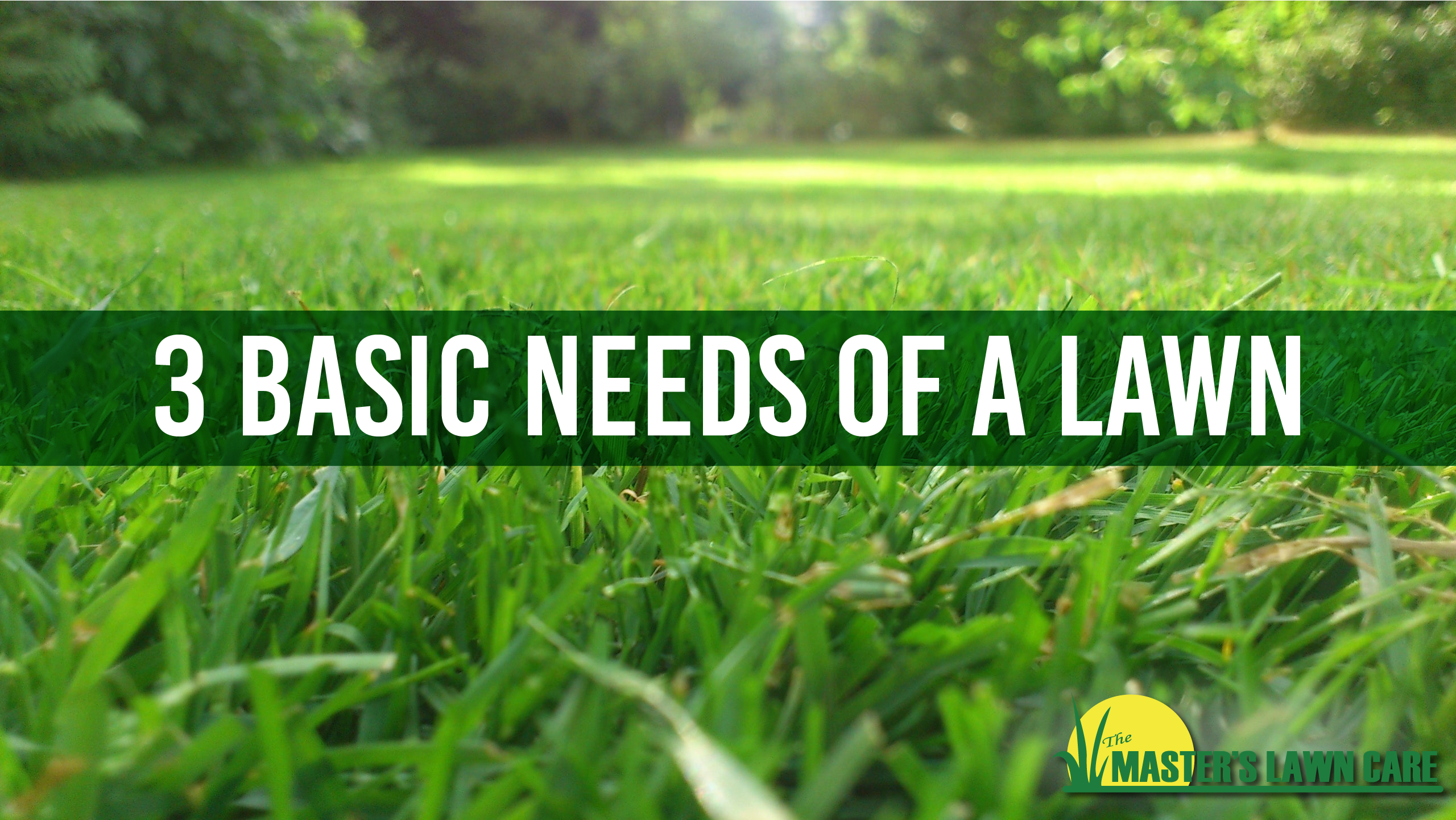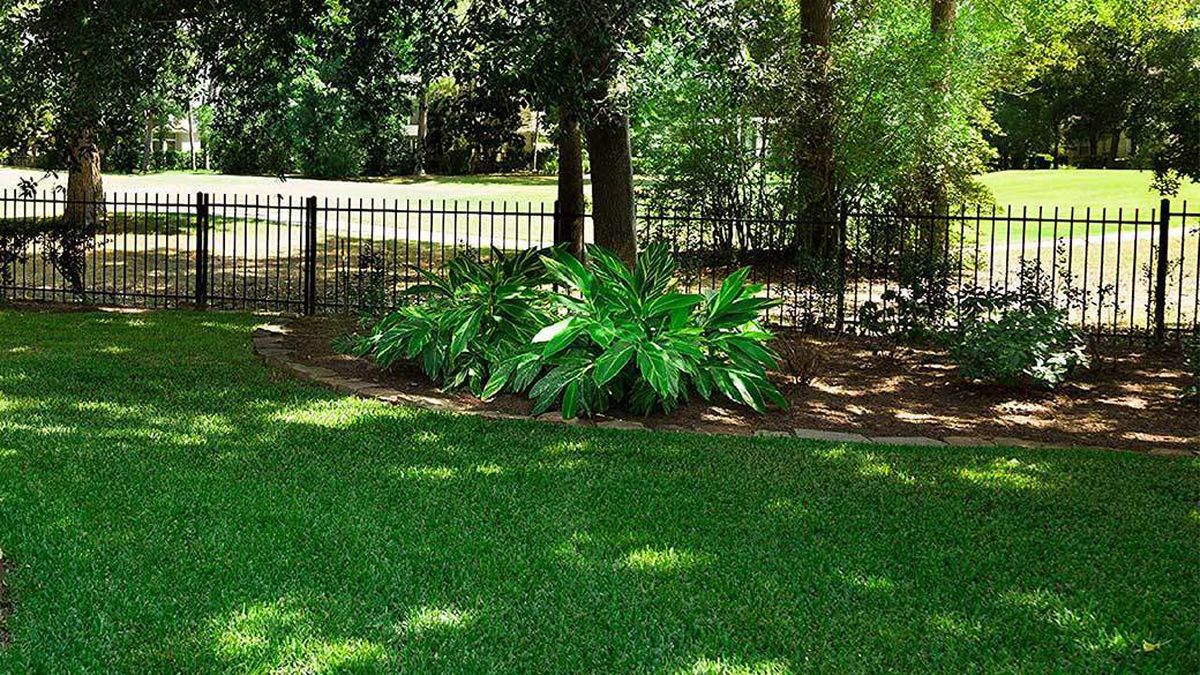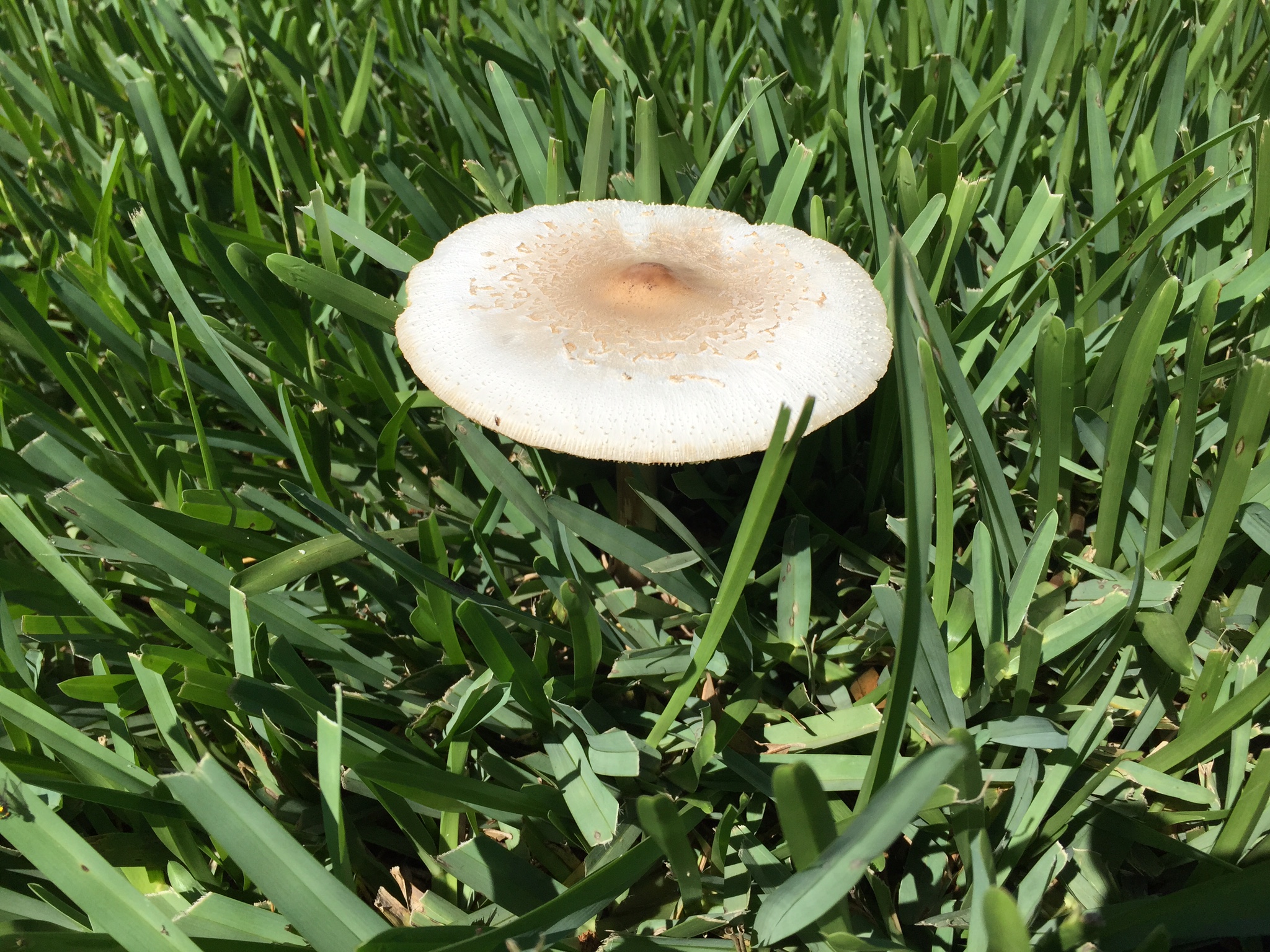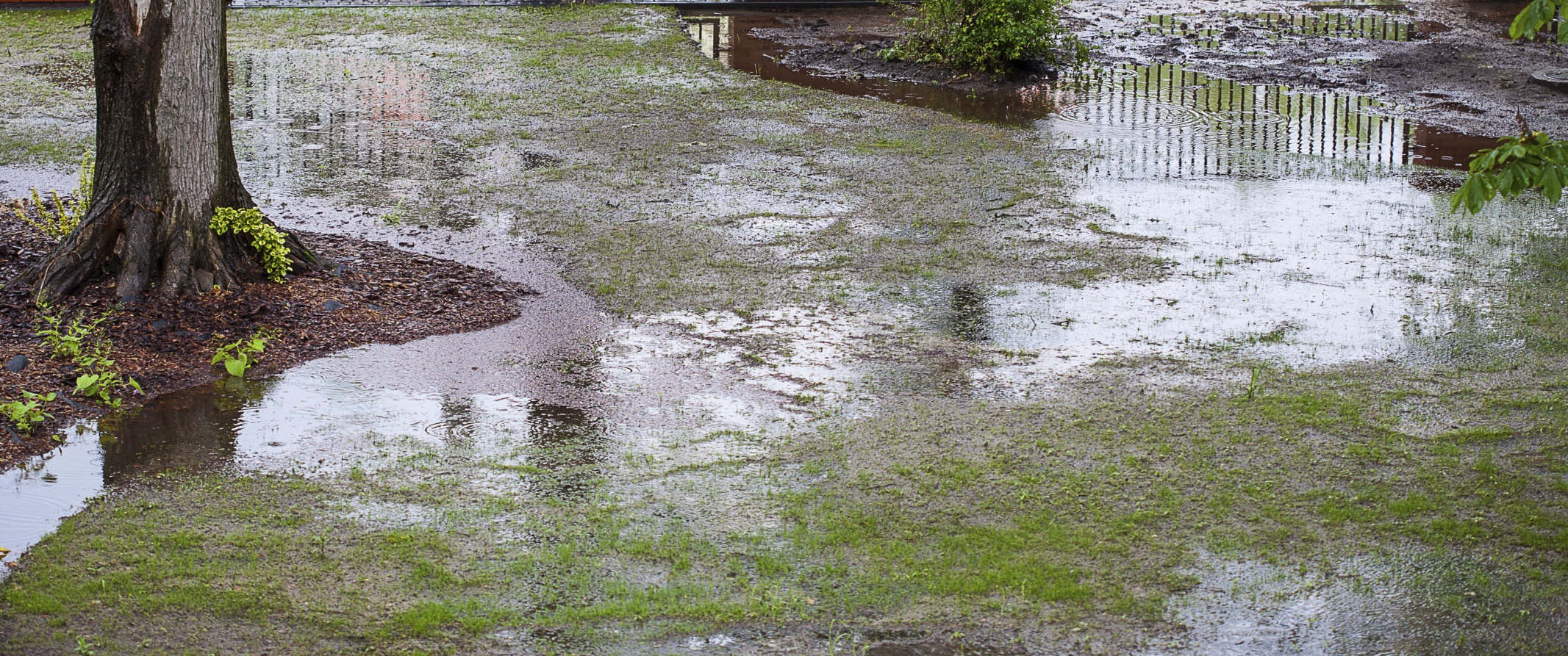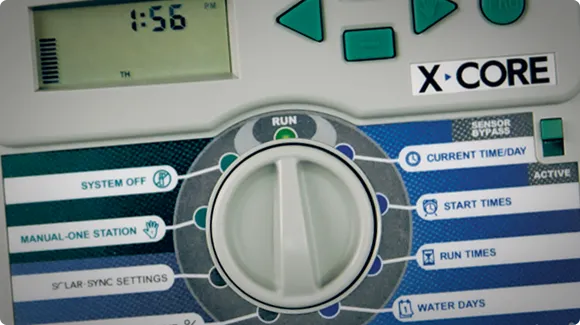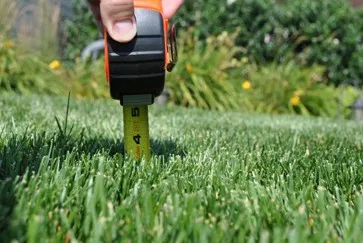Now that we have made it most of the way through the dark days of winter and our plants are brown and damaged from cold snaps, it's time to plan your spring pruning for rejuvenating your landscape.
There are four major reasons for pruning a plant:
1. To improve flower or fruit production
2. To direct the growth and shape of the plant
3. To change the size of the plant
4. To promote plant health
With spring just around the corner, it's the pruning season for many Florida landscape plants. You can spring new life into a plant by letting it flush out from rejuvenation pruning.
But, what is rejuvenation pruning?
Rejuvenation pruning is the removal of old or overgrown limbs so that the plant can grow new, healthy branches in their place. Plants that require rejuvenation can be “hard pruned” or pruned gradually.
Why is rejuvenation pruning done?
This type of deep pruning is done to “rejuvenate” the health of shrubs. Without regular pruning, shrubs can get crowded, look messy, produce fewer flowers, and leave the plant looking really unhealthy.
When is rejuvenation pruning needed?
This radical form of pruning is used when shrubs are overgrown, leggy, dying in the interior and/or have slowed flowering. This typically happens to fast-growing, multi-stemmed shrubs if they haven’t been properly pruned for several years.
Rejuvenation pruning gives these shrubs a fresh start. After stems have been removed down to the ground, the shrub quickly begins to regrow. Flowering shrubs produce more blossoms in following years and shrubs with colorful stems, such as dogwoods, tend to grow back brighter and more colorful after rejuvenation pruning.
What time of year should rejuvenation pruning be done?
Rejuvenation or renewal pruning is usually done in early spring before new growth emerges. Pruning in this way during a later time of year can cause excessive stress to the plant.
Which Gainesville Landscape plants can benefit from rejuvenation pruning?
- Perennials that grow very fast have flowers that get frozen back to sticks
(examples: Firespike, Lantana, Butterfly Bush, Milkweed, Plumbago…all of these need to be cut back every year to cut off the frost damaged to grow from base (Crape Myrtles as well)
- Spring blooming plants after they are finished flowering. Many Southern shade garden plants such as Azaleas and Camellia in the spring blooming category. You can prune spring bloomers any time after flowering, but before the Fourth of July as these plants begin to set next year’s blooms from mid-summer to fall. If you prune too late in the year, you will not experience blooms the following spring.These plants may look dead but they may very well have life in them. Never prune this set of plants until after they flower.
- Ornamental Grasses such as Flax, Muhly grass, and Pampas Grass will need rejuvenation pruning after hard frosts. This ensures the dead and frost-damaged leaves do not remain along with the new growth from spring, leaving the plant healthier and more appealing.
- Leggy looking plants such as Knockout and Drift Roses when they are overgrown and in need of rejuvenation pruning. If a plant gets too much growth on old wood-then sometimes old branches will start restricting the nutrients that go to those limbs and the rejuvenation pruning will allow more growth and fill back out without all those dead “leggy” limbs.
Pruning at the correct time of year can improve structure, control growth, and encourage beautiful blooms. If you are happy with the size, shape, and blooming of your plants, you have it easy. You may not even need to prune at all!
If you would like more information on pruning, check out a few of our Youtube videos on the topic:
What can be done with Muhly and Pampas Grasses to keep them appealing?
Spring Pruning for Golden Cassia Trees
Spring Pruning in your Gainesville Landscape
3 Tips for Pruning Crape Myrtles in Gainesville, Florida
If we can be of help with your spring rejuvenation pruning Gainesville landscape maintenance chores - or the surrounding areas of Alachua, Jonesville, and Newberry - please don't hesitate to reach out to us at (352) 378-LAWN or fill out our form at the top of the page!
